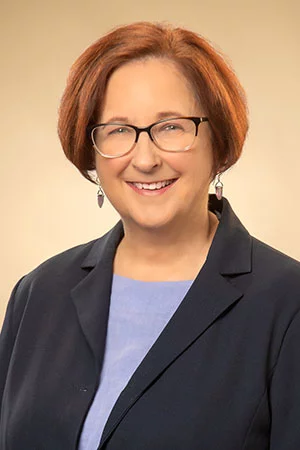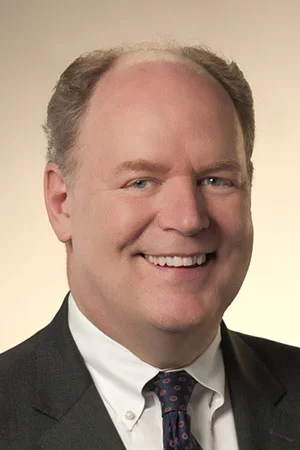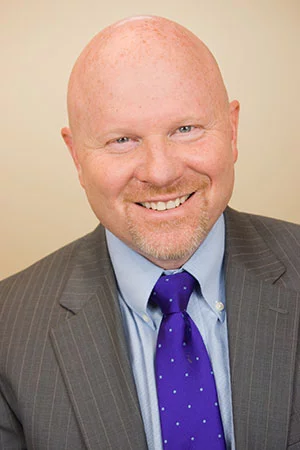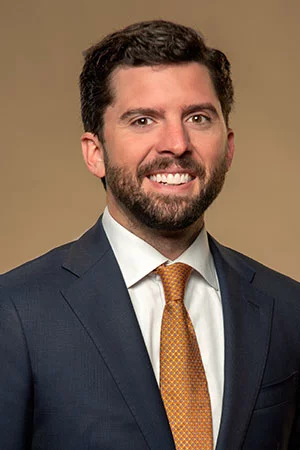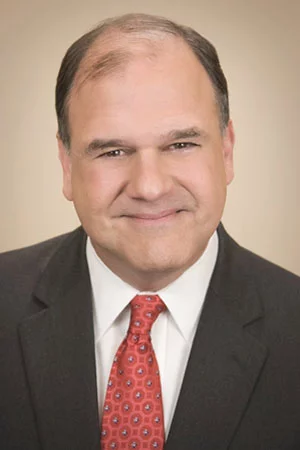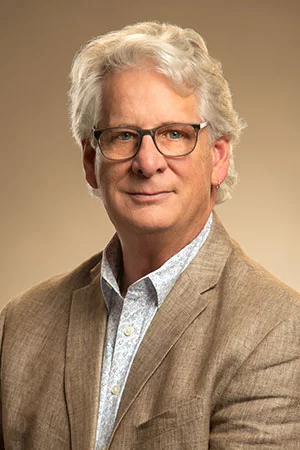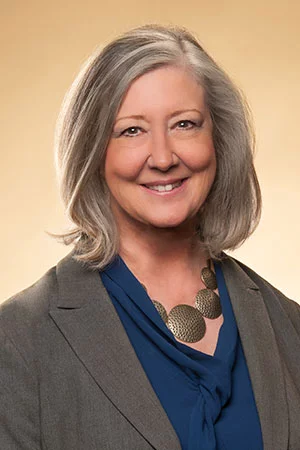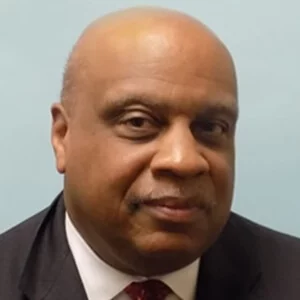NASHVILLE, Tenn. (WKRN) – A hard hit can do more than just knock the wind out of a player on the field. It can leave them with an injury requiring medical attention and possibly pain medication.
“Sports are probably the leading cause of injury in kids but I think it is important to understand that sports in general are protective,” Dr. Alex Diamond said. “We know kids who play sports compared to kids who don’t are typically less likely to be involved in risky behaviors.”
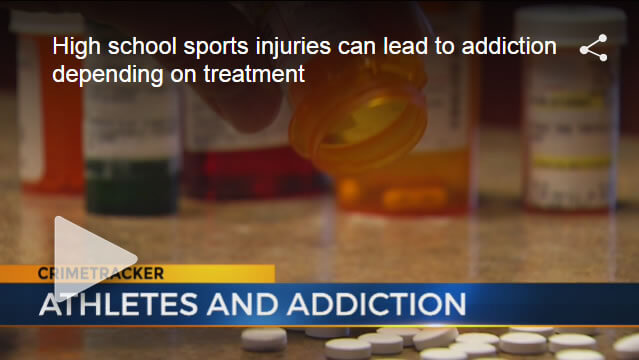 Dr. Diamond is an assistant professor of Orthopedics and Pediatrics at Vanderbilt University Medical Center. He is also the team physician for Vanderbilt University, Nashville Predators and the Nashville sounds. He along with the other physicians at in his department treated 26,000 adult and children athletes in 2016.
Dr. Diamond is an assistant professor of Orthopedics and Pediatrics at Vanderbilt University Medical Center. He is also the team physician for Vanderbilt University, Nashville Predators and the Nashville sounds. He along with the other physicians at in his department treated 26,000 adult and children athletes in 2016.
“As physicians we need to be mindful when treating children with injuries what situation require pain medication and what situations can be handled without pain medication,” he said. “Most of them can be handled without pain medications.”
Pain medications like hydrocodone, oxycodone and other opioids can be very effective in treating chronic pain. But, they can also be addictive and lead to more illicit drugs like heroin.
At Cumberland Heights, a non-profit addiction treatment facility, the number of teens entering the facility’s Adolescent and Young Men’s Services department has grown so much in the past couple of months it is expanding to keep up with the need.
“We take kids from all over the country,” Director of Adolescent and Young Men’s Services Dean Porterfield said. “The primary diagnosis is substance abuse, but It is not uncommon though that the underlying issues once you take those substances away are anxiety, depression or trauma.”
According to Porter for the 18 year old to 25 year old age group that makes up the Young Men’s program a growing number are addicted to heroin.
“A notable factor with the young adult population that we serve is that several of them are athletes who have experienced high school or college sports injuries that have required surgery and have become addicted to painkillers.”
He continued, “When the painkillers run out or they become more expensive the more accessible affordable drug is the heroin. That replaces what used to be that passion for sports and athletics and now their primary goal is to drug seek.”
Porterfield said with heroin it is not uncommon for the treatment center to get a call from family or the patient themselves saying they are in route for immediate admission to the facility.
“They are also some of the most vulnerable patients and need a great deal of attention throughout the painful detox and early days of treatment to prevent them from leaving against medical advice,” he said. “One of the things Cumberland Heights clinicians have made a priority is educating these young men on the risks of relapse and the lethal dangers associated with resuming the volume of heroin use they came in handling with the assumption their tolerance level is the same.”
He continued, “This scenario increases the likely hood of a lethal overdose.”
At Cumberland Heights the process is based on the 12-Steps.
After detox the work begins to help the young men understand the underlying reasons they abused drugs. In many cases its tied to the emotion effect their injury had on them and their identities.
“Just being an adolescent adult in general is full of ups and downs,” Porterfield said. “When they realize this substance can help alleviate that, they get hooked pretty quick.”
The same progression from painkillers to heroin and stronger opioids is much the same in adult users.
According to the CDC Tennessee is one of the most overprescribed states for painkillers.
At one point doctor’s wrote more prescriptions for painkillers than there were people in the state.
“As physicians we need to be mindful when treating children with injuries about which situations require pain medication and what situations can be handled without pain medication,” he said.
“We have a lot of other options that don’t have the same complications and risk involved with addiction.”
Dr. Diamond said things like physical therapy, proper braces or casts and anti-inflammatory medications can be very effective.
“As a parent you need to be diligent on what pain medication your kids are getting,” he said. “For the most part the narcotic pain medication is not needed for what we are seeing in our children. It is very rare.”
Porterfield said parents should be involved in their teens lives take note if you start to notice missing money, missing prescription medication, if your child is hanging out with friends or in places you do not know, and if your child attends unsupervised parties.

